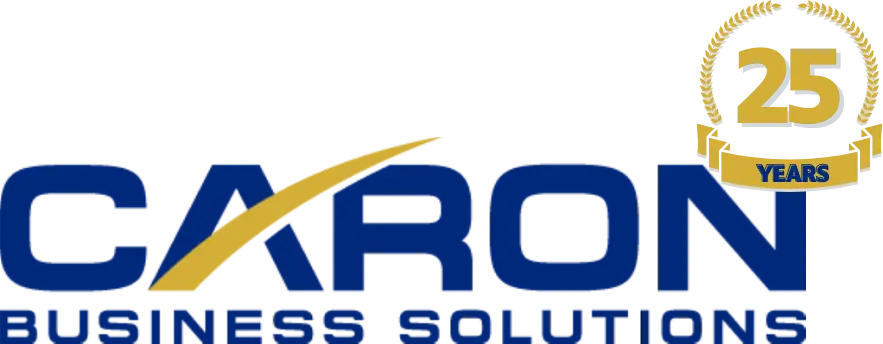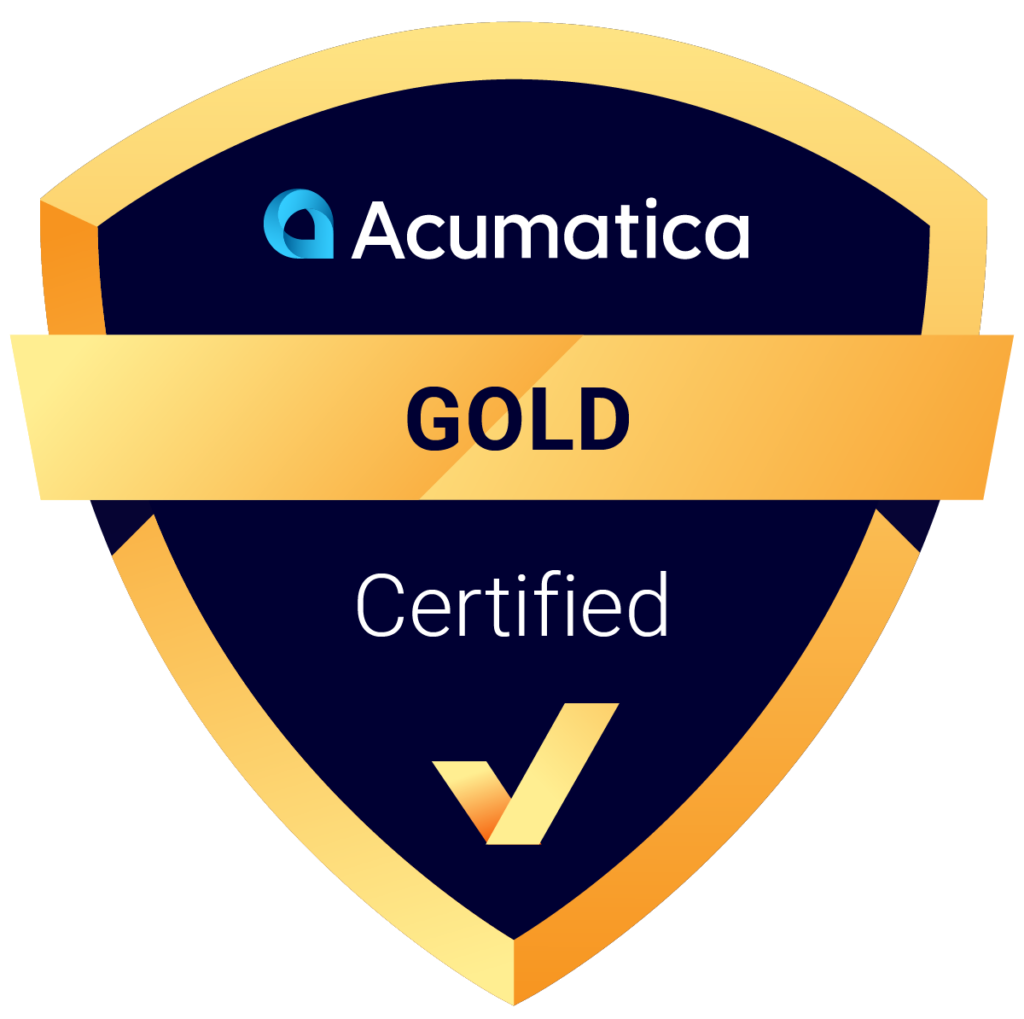Yours, mine, or ours?
How mining companies handle consignment inventory
You’re likely familiar with the concept of consignment inventory. Equipment suppliers stock your storeroom with parts that you only pay for once you use them. It makes sense — any amount of downtime is costly, and many parts are expensive and have extended lead times. From an accounting standpoint, though, consignment inventory is a bit tricky. How can mining companies accurately account for consignment inventory?
Who owns what?
The supplier who places parts at your location is the consignor. The consignor owns the inventory until you, the consignee, use it. Since you don’t own the parts, they should not appear as inventory in your company’s accounting records. But it sort of is part of your inventory, right? You need visibility into what parts you have on-site, what you’ve used, and what needs to be replenished. This conundrum is what makes it challenging to account for consignment inventory.
It’s complicated
Some mining companies “solve” the problem by tracking consignment inventory in spreadsheets. This is inefficient and error-prone. When someone needs to see if you have a widget in stock, they’ll need to check both the official inventory ledger and the spreadsheet. Plus, someone has to manually keep that spreadsheet updated with the ins and outs of every part. And spreadsheets don’t produce a formal audit trail like your ERP or accounting application does (or should).
Once a part is used, someone needs to record that transaction, as the use constitutes an encumbrance on your books, and the consignor will need to be notified so they can send you an invoice.
Simplify it
Ideally, consignment inventory should live happily in your accounting application, showing as on-hand stock and ready to use while not impacting your general ledger until the parts get used.
Our Approach
We designed our Mining ERP solution, Caron Mining Solutions, with the functionality mining companies need — including accounting for consignment inventory. Here’s how we handle this key requirement:
- Consignment inventory items are flagged as such and related to two key data points – the supplier who owns the items and the contracted cost of the items when used,
- Consignment inventory on hand is recorded at an accounting cost of zero to reflect ownership by the supplier, not the mine.
- Consumption triggers an invoice from the supplier at the contracted cost.
- In addition,
- Establishment of the initial consignment inventory
- Consumption reports and creation of notices to enable invoicing by the supplier
- Creation of consignment purchase orders to enable 3-way matching of supplier invoices
- Replenishment of consignment inventory to desired levels.
To learn more about our accounting solutions for the mining industry, contact us at 877-560-5063 or [email protected]




